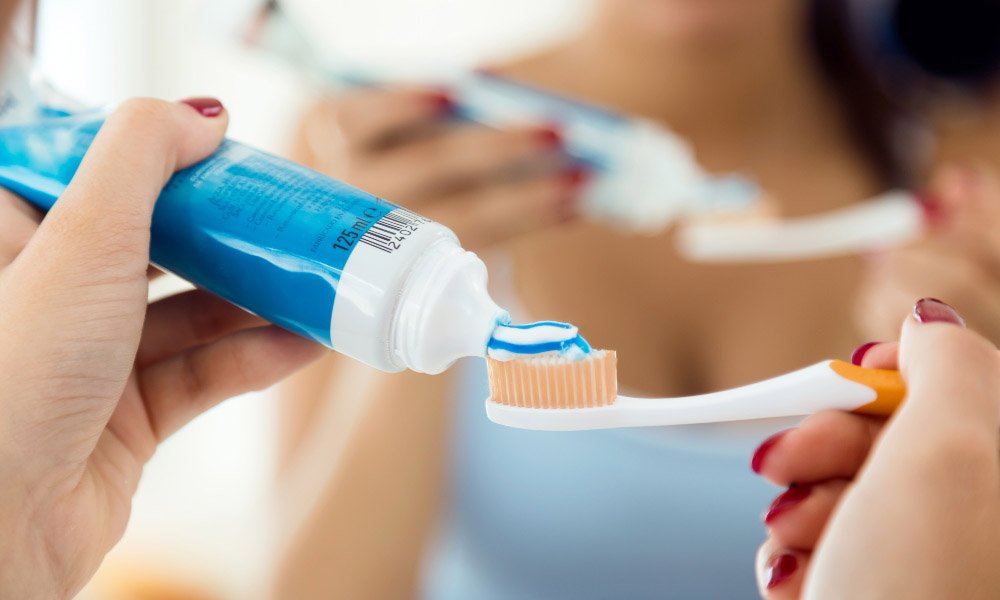Daily brushing keeps teeth clean, but some stains simply won’t budge. Years of coffee, tea, wine, or even genetics can leave marks that toothpaste alone can’t lift. At this point, many people feel frustrated, believing their smile has reached its limit. The good news? Dentistry offers proven techniques to tackle discoloration at its root. Understanding how dentists approach deep stains reveals why professional whitening often achieves results far beyond what at-home solutions can deliver. For those serious about change, teeth whitening under expert care provides both safety and effectiveness.
Why Toothpaste Alone Falls Short
Toothpaste is designed for daily cleaning and mild stain removal. While whitening formulas may contain polishing agents, they only target surface-level discoloration. Deep stains, however, settle into enamel pores or even dentin. No amount of scrubbing will reach these inner layers. In fact, aggressive brushing can thin enamel, making teeth look duller over time.
Professional Cleaning As The First Step
Dentists typically start with a thorough cleaning. Scaling removes plaque and tartar that often make stains appear worse. Polishing smooth enamel surfaces, preparing teeth for whitening treatments. Even this initial step can reveal a noticeable difference, as the mouth feels fresher and the smile looks brighter.
In-Office Whitening Treatments
For deeper discoloration, dentists turn to professional whitening systems. These treatments use carefully controlled peroxide solutions, often activated by light or heat. Because the concentration is higher than store-bought products, results appear faster and more dramatically. Sessions usually last under an hour, yet can lighten teeth several shades. Importantly, dentists protect gums and enamel during the process, minimizing risks of sensitivity or irritation.
Microabrasion And Beyond
Some stains—like those caused by fluorosis or trauma—don’t respond to whitening alone. Here, dentists may use microabrasion, which gently removes a thin layer of enamel to eliminate discoloration. In cases of severe or intrinsic staining, solutions such as veneers or bonding provide a more permanent fix. These methods not only cover stains but also enhance the overall shape and symmetry of teeth.
The Role Of Maintenance
Dentists emphasize that professional whitening is just the beginning. Without proper care, deep stains can reappear. Avoiding stain-heavy drinks, quitting smoking, and keeping up with cleanings extend results significantly. Patients who combine professional care with mindful habits often enjoy brighter smiles for years.
Conclusion
When toothpaste fails, dentistry steps in with advanced methods to restore brightness. From thorough cleanings to in-office whitening and beyond, professionals target stains at every level. The difference lies in precision, safety, and long-term results. As experts at Nuffield Dental remind patients, investing in professional care often transforms not just teeth but confidence itself.
FAQs
- Why Can’t Whitening Toothpaste Remove Deep Stains?
It only targets surface discoloration, not stains embedded in enamel or dentin.
- How Long Do In-Office Whitening Results Last?
With good habits, results often last from one to three years.
- Are Professional Treatments Painful?
Mild sensitivity can occur but usually subsides within days.
- What If Whitening Doesn’t Work On My Stains?
Dentists may recommend alternatives like veneers or bonding.
- Is Professional Whitening Worth The Cost?
Yes, for patients seeking safe, dramatic, and lasting improvements.

 News2 months ago
News2 months ago
 Health2 years ago
Health2 years ago
 Technology2 years ago
Technology2 years ago
 Celebrity1 year ago
Celebrity1 year ago
















